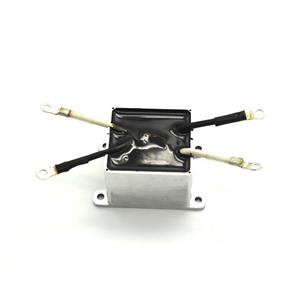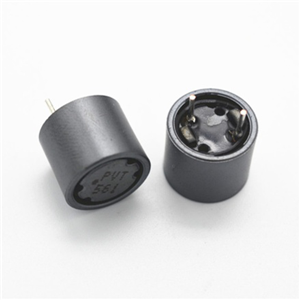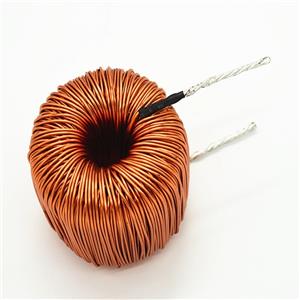Wireless Charging Coil
In the mobile phone wireless charging system, the receiving coil receives the electromagnetic energy from the transmitting end through resonance or electromagnetic induction, and converts it into voltage or current for the load through the corresponding circuit.
Due to the high use intensity of mobile phones and other terminal products, the requirements for charging speed are higher and higher. Therefore, the transmitting and receiving power of the wireless charging system must be improved accordingly. The traditional wireless charging receiving coil is produced by FPC process, and the thickness can be thin, but there are also some disadvantages, such as: when making single-layer or multi-layer FPC leads, the coil is connected through small holes, the process is complex, the coil layer and film need to be perforated, and a layer of conductive carbon film is deposited in the hole, A layer of copper is electroplated on the surface of the conductive carbon film in the hole, and finally the two layers of coils can be connected; The area of single-layer FPC lead is small, but in order to match the production of coil body, a large area of copper foil needs to be corroded, and the utilization rate of raw materials is low; When using small holes to connect two or more layers, it is bound to reduce the effective use area of wires at the small holes, which improves the overall resistance of the coil. In order to reduce the influence, it is necessary to reduce the diameter of small holes as much as possible. The smaller the holes are, the higher the processing cost is. In order to improve the wireless charging speed, it is bound to increase the coil thickness to reduce the coil loss. The thicker the thickness, the greater the impact of the above problems on the production cost and performance.




